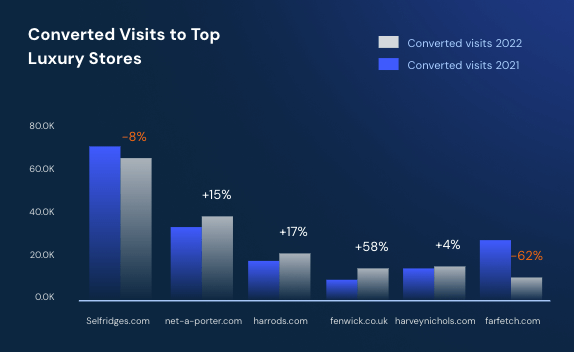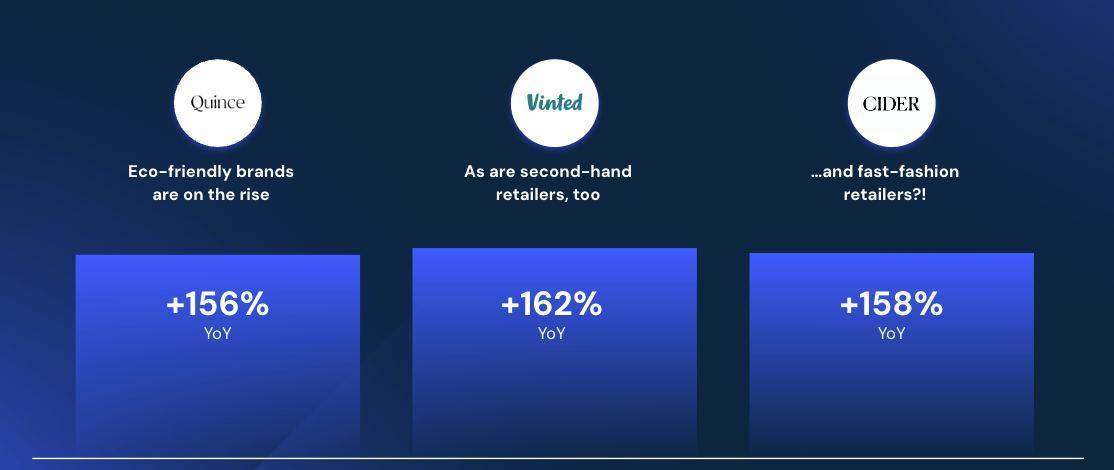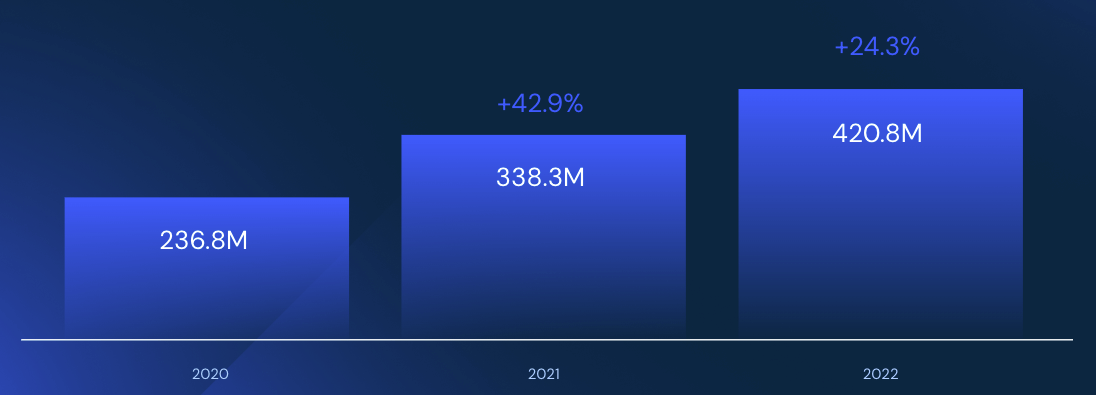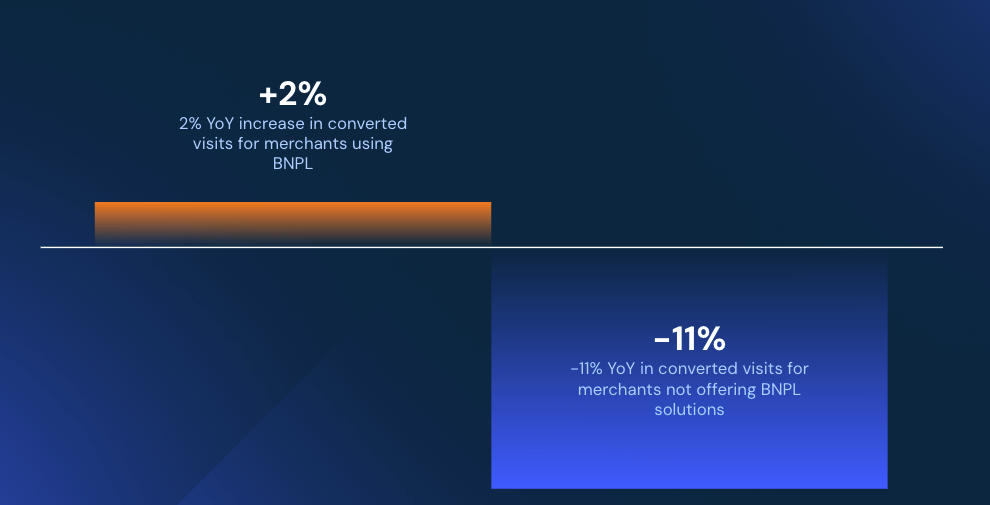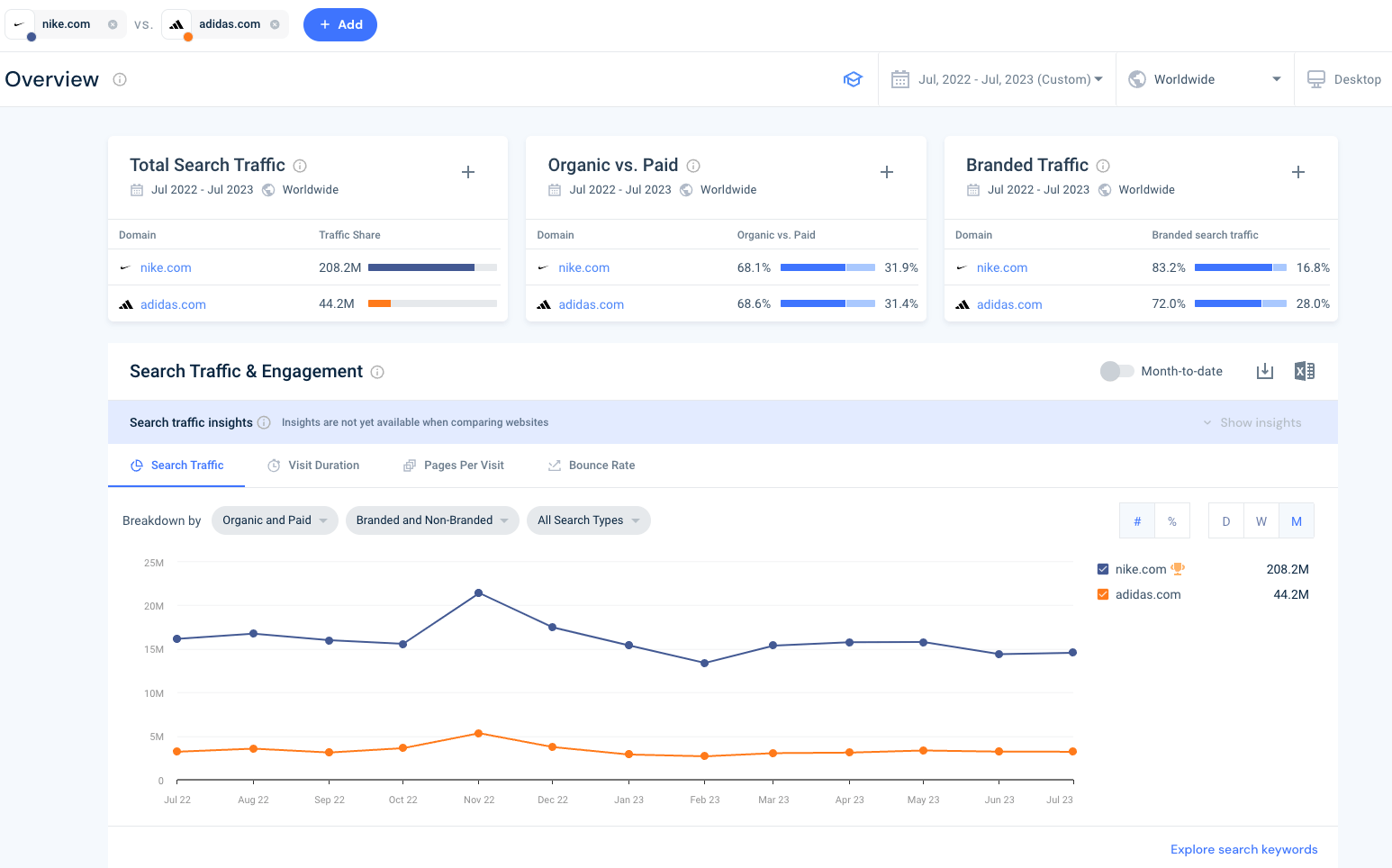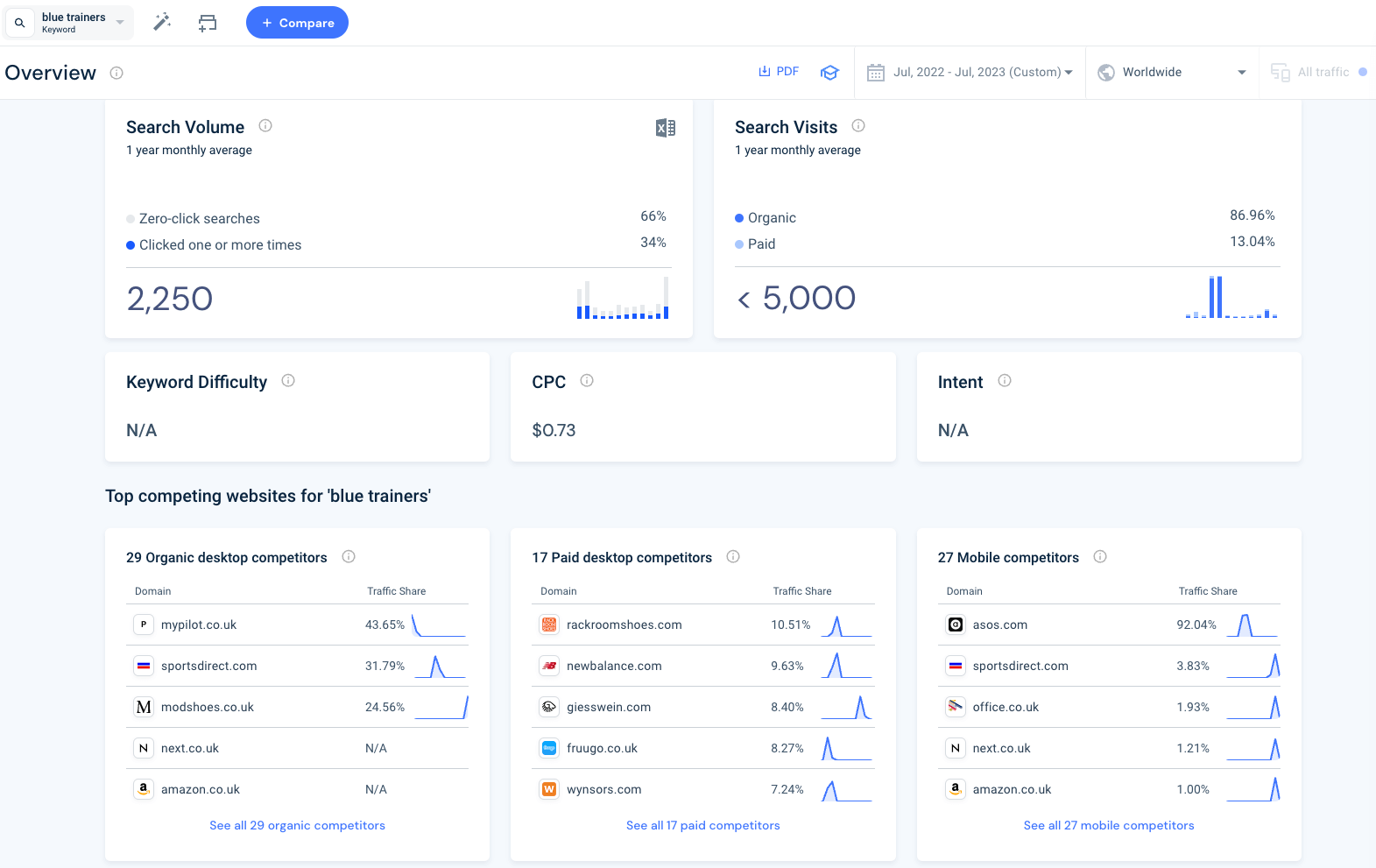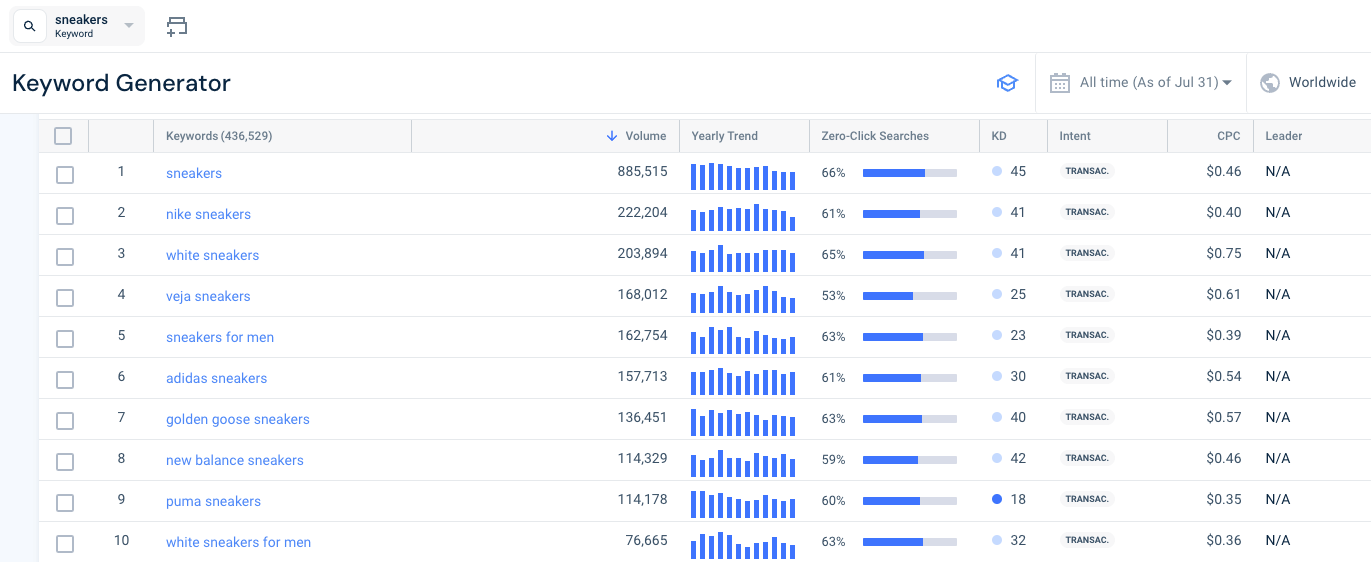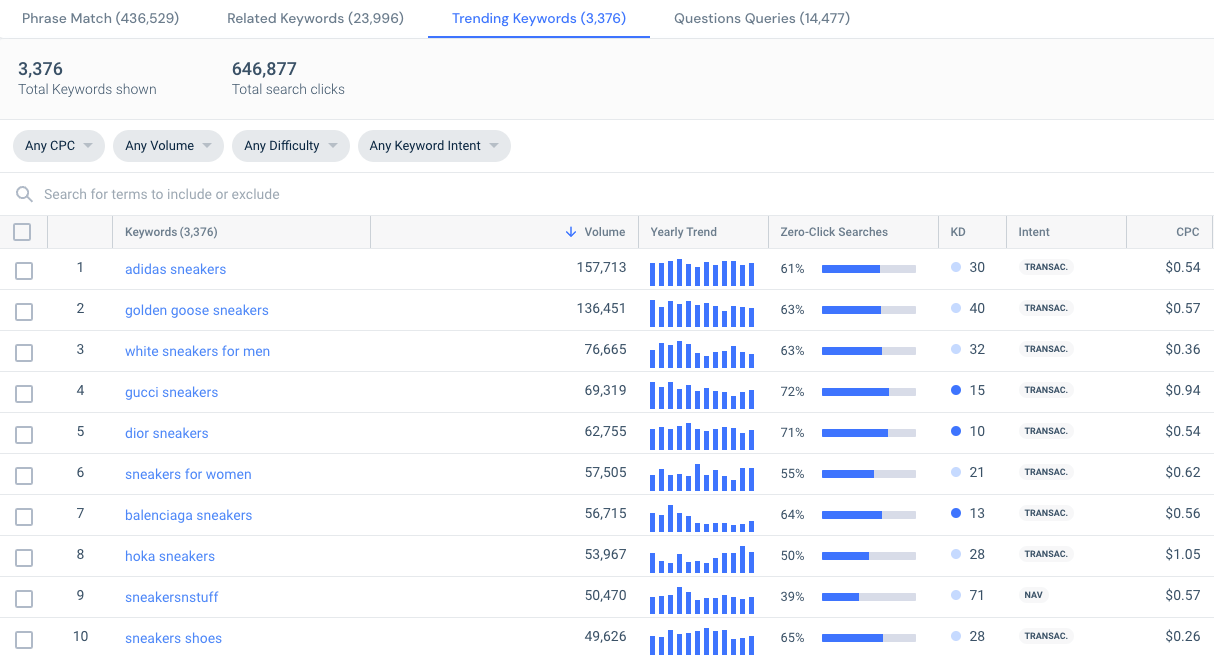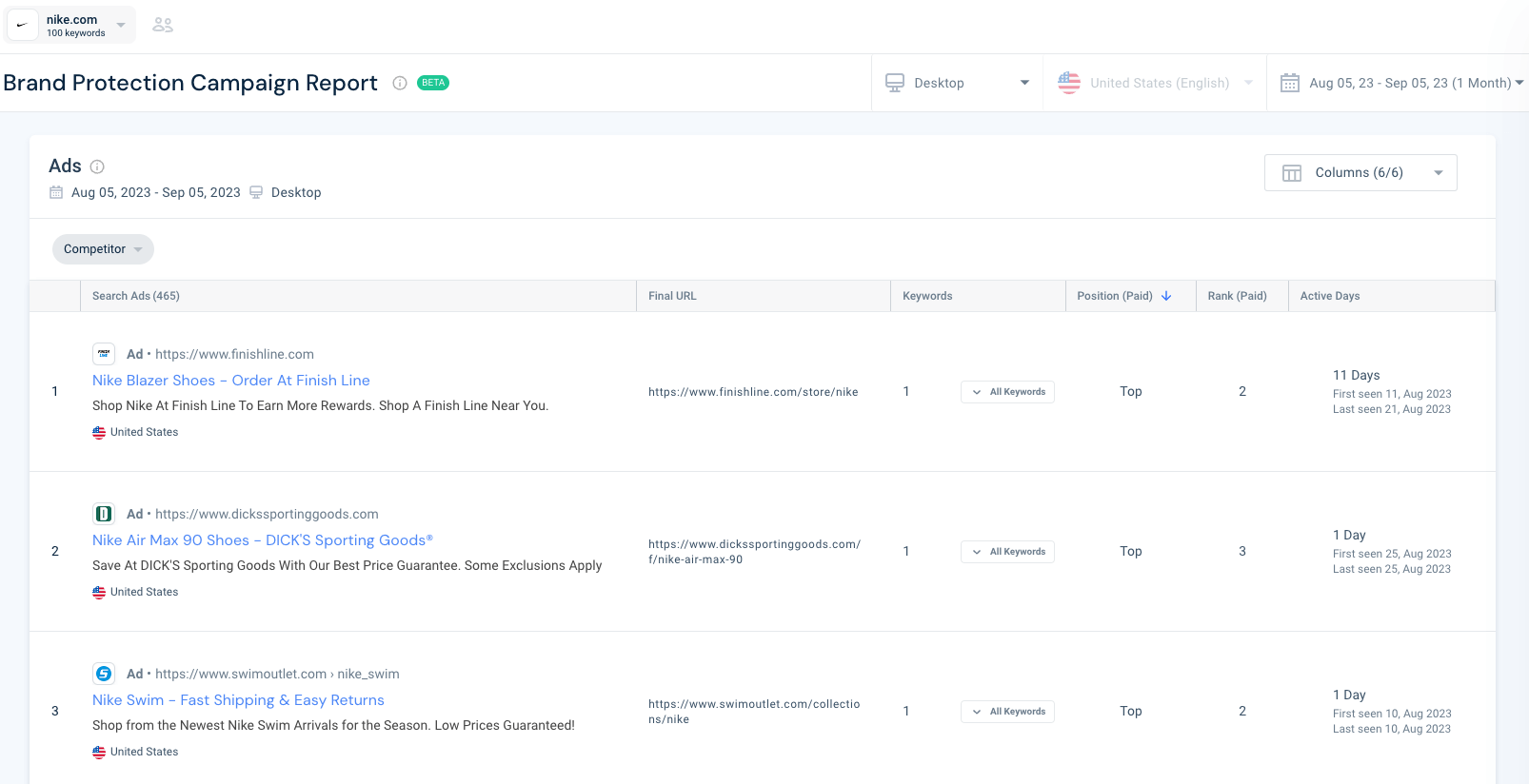Marketing in 2023 and Beyond: How to Predict in an Unpredictable World
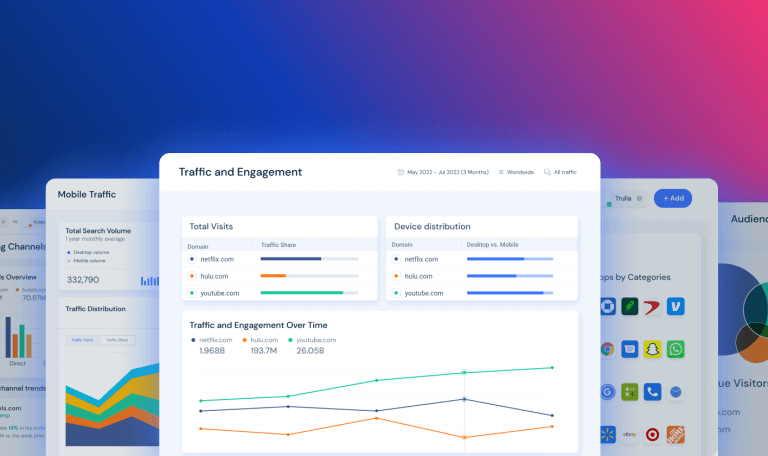
“Unprecedented” is a phrase that’s become increasingly popular since 2020. Okay, ‘popular’ might not be the right word for it – but increasingly used, yes.
That’s not really surprising given the few years we’ve been through. I mean, how many of us in the last four years could have predicted:
- A global pandemic
- A major land-war taking place in Europe
- The UK having three prime ministers in two months
- Europe experiencing a record-breaking heatwave with some places hitting over 45°C
- Ex-US president Donald Trump’s mugshot becoming a viral trend (and, not to mention, an Etsy sensation)?
This just shows you the huge speed of change. The thing is, the unpredictable is extra jarring when you work in marketing; a field of work where you need to understand the times and the environment we’re living in to market appropriately.
Marketing is a microcosm of society. It reflects what’s happening around us and to us, so – unfortunately in these unprecedented times – it pays for us to know what’s coming.
We’ve had a look around, and no fortune tellers give their crystal balls out on loan, but we’ve got the second best (and way more reliable) option: data.
Here at Similarweb, we measure the digital world. I was recently invited to share our findings on 2023’s landscape in a talk at MAD//Fest, to help marketers identify and use the right data to take their strategies to the next level in a challenging and competitive world.
I’ve summarized some of the key findings below, but feel free to watch the recording:
Marketing is constantly changing
As I said, marketing is a microcosm of society – so because society is always changing, marketing has to follow and adapt to those changes. Changes like:
- How we search
- What we search
- The type of content we engage most with
- Our work/life balance (and how it affects the way we search)
- Our general hobbies and interests
Yearly trends and seasons have something to say for this, but it’s the new – and a lot of the time, unheard of – trends that make strategizing difficult. You know, the trends that even the almighty Google didn’t see coming.
The unknown + speed of change = a lot of marketers getting hit from out of nowhere.
Let’s look at content channels, and how we engage (or have engaged) with them as an example:
It took YouTube 8 years to get to a billion users, Facebook took 7 years, and Instagram and TikTok took 5 – and now TikTok reigns as the most shopped social channel in the UK out of all of them.
But it’s not just about consumer channels and marketing channels. There are a lot of other things changing in our digital marketing ecosystem too…
- The regulatory environment we work in is changing, and we’re making more data-driven marketing decisions and seeing the power of regulators.
- Our consumers are changing – who’d have thought that Gen Z would buck the very British culture of binge drinking leading to new categories in the market like low or no alcohol beverages?
- And finally, technology is changing – take Generative AI or ChatGPT as an example; had any of us heard it before last November?
So in this context, I’d like to share with you some thoughts and insights about not only how to survive in this unpredictable world, but how to thrive in it.
Changes in buyer behavior for 2023
With data, we can make more predictions to help marketers like you focus on the right things for 2023 and beyond, plan better and well… market yourself in the most relevant way possible.
Let’s look at some of the buyer behaviors we’ve seen in 2023 – much of which we saw coming, and can continue to see the journey of, thanks to accurate, fresh and real-user data:
1) The Lipstick effect
The Lipstick effect = the shift from buying of luxury and large-scale goods, down to something more manageable, like beauty and cosmetics for example.
And yep, you can see it all in Similarweb data.
The Beauty and Cosmetics websites category saw a global year-on-year (YoY) increase of 14%, but it doesn’t just stop at website traffic. We saw a rise in converted visits in many of the top luxury stores too.
So what does this mean? These kinds of insights are exactly what you want when it comes to strategizing (and strategizing) your marketing.
Conversion data is just one part of your own metrics you need to be looking at, but also in your competitor research – which you really need to be looking at.
Take a closer look into your competitor’s popular pages, their engagement metrics, and their conversion rates to see what’s working for them, what they are taking advantage of, and what you’re missing in your own strategy. This might be for your digital marketing strategy as a whole, but to filter down more specifically to your keyword strategy to make sure you’re positioning yourself in the right way on search, for example.
Also, it pays to identify all the growing players in your field who convert. Data can provide a view on a competitive landscape you may be completely unaware of, whether that be breakout trends or unheard of competitors. Don’t let others steal a march.
2) From ‘do-it-yourself’ to ‘do it up’
In an economic crisis, another thing we always talk about is the impact on housing. House prices fall, people move less frequently, so ultimately the housing market struggles.
When people don’t move house, they tend to invest in the houses they already live in – people spend more on things like gardening equipment and new bits and bobs for the home. Which makes sense, right?
But in recent years, this known truth is no longer happening.
Home and Garden as an ecommerce category has seen a global decline of -7% in website traffic, showing people just aren’t that interested anymore.
However, there’s always room to find micro-opportunity in a time of macro-decline. Our Shopper Intelligence solution tells us that DIY & Tools is a growing category on Amazon UK, with a 4% YoY increase in revenue to £1.2 billion. So if you are in the business of hammers and spanners, data can show you which country and channel to target.
The most popular search terms in Home & Garden at the moment? Here are just a few:
- “air fryer”
- “shoe rack”
- “microwave”
- “gaming chair”
- “dehumidifier”
Again, popular demand is just another thing to consider in your marketing strategy. But you also want to consider demand within different locations and economies to make the most of all the opportunities you can, in the best way possible.
We’ve all heard ‘content is king’, but customer is also king. In fact, most of the time, customers are the driving force behind our marketing and content strategies. Our job? Our job is just to keep up; we’ve got to continue tracking the types of content that work well for our audiences, and keep on top of what they’re searching for in real time with fresh keyword data.
My advice: Expect the unexpected – because that makes the unexpected, well… expected. And using data is the only way you can do that effectively.
Why data is the answer to understanding your customers
Reliable, real-time, real-user data is the answer to your ‘please tell me what my target audience are up to’ prayers.
For one: when asked, consumers will state that they do one thing, when in reality they often do something else. This is why behavioral data can play such a crucial role in helping you expect the unexpected, and make business decisions that actually go places. The data doesn’t lie.
Let’s take environmentally-friendly fashion as an example.
Example: The rise of eco-friendly fashion brands
It’s really kicked off in recent years, with 65% of fashion buyers claiming they are more conscious than ever about the environment and sustainability. And the data does support that to a degree – traffic to eco-friendly websites have grown by 156% YoY, and second-hand retailers like Vinted have grown 162%.
However, the data also shows this having no impact on the fast-fashion retailers out there – in fact, they’re still thriving alongside eco friendly sites and second hand retailers with 158% YoY growth.
Example: The rise of buy now, pay later in online shopping
As we’ve mentioned, consumers adapt to the times they’re (we’re) living in. In the current economic crisis, Buy Now, Pay Later (BNPL) providers really took initiative here. And this is a sector on the up and up.
Here’s a look into the desktop and mobile traffic to the biggest BNPL providers:
But there’s one step between the credit providers and the consumers: the ecommerce businesses the consumers are buying from.
Where should they stand on this BNPL trend? Easy question, with an easy answer: they should adopt it if they want to grow. From our data, we can see that the firms that have implemented a BNPL solution on their site have seen a +13% swing in converted site visits when compared with those that have not.
What you can do as marketers? Spot this opportunity, partner with the right providers, and market your BNPL option openly – whether in your meta titles and descriptions, your paid ads, your social media, or your website content.
When you access this kind of data, you have the power to influence business decisions – not just marketing decisions – and take your role to new heights.
Predicting the unpredictable: Key takeaways
Okay, so rounding off – here are my five takeaways from my talk and blog on how to predict in an unpredictable world:
- Use data to validate: Constantly ask yourself questions about your strategies like “is this still relevant?” and “is it still appropriate for my business to be focusing on”?
- Track behavioral data: Data is more trustworthy than taking your customer’s word for it – track their journeys to truly understand what they’re doing and where the trends are.
- Make the most of fresh insights to spot trends and behavioral changes early: Use Similarweb’s real-time and real-user data to spot these changes and adapt accordingly.
- Look for micro opportunities in a time of macro-decline: With the right data, you can find gaps of opportunity to focus on, fight for, and WIN in a competitive market.
- Download our State of Ecommerce report: Have a look at the full report, looking closely at the data behind the examples we’ve provided in this post.
Get the right data at the right time, with Similarweb
Our goal and vision is to create the most accurate and actionable digital data so every business can win their market. And we’re doing pretty good already.
With five sets of unique data sources, Similarweb has all kinds of data that will not only point you in the right direction.
The data we provide also gives you a deep understanding of what the landscape in that direction will look like, where the next destination will be, what others on the same journey are up to, why they’re overtaking you, and all the pointers you need to get you there without breaking down or getting lost.
Our Similarweb digital marketing tools and features include:
1) Website Analysis
Look into your own traffic and engagement, but your competitors’ too, including their organic and paid search strategies, key marketing channels, and more. We’ve even got a comparison feature to see how your business weighs up versus your competitors.
2) Keyword Analysis
Gain insight into the paid and organic keywords and search terms your competitors are targeting, and see how you compare with our Keyword Gap tool.
3) Keyword Generator
Create effective keyword lists using our keyword generator tool to make sure you’re covering all bases.
4) Trending Keywords
Thanks to having the freshest data on the market, Similarweb offers you the chance to catch trends and changes as soon as they happen with the ‘Last 28 day’ view.
5) Competitive Tracker
Set up a competitive tracker in five easy steps to create a single dashboard that’s updated on a monthly basis with highlights into all your competitors’ digital performance versus your own.
6) Daily Rank Tracker
See where you and your competitors are ranking in search engines on a daily basis.
7) Brand Protection alerts
Get notified the moment any of your competitors start making paid search moves on your branded keywords – it’s a competitive world out there.
But don’t take our word for it – try it yourself with a free trial today.
Your full marketing toolkit for a winning strategy
The ultimate solution to help you build the best digital strategy
